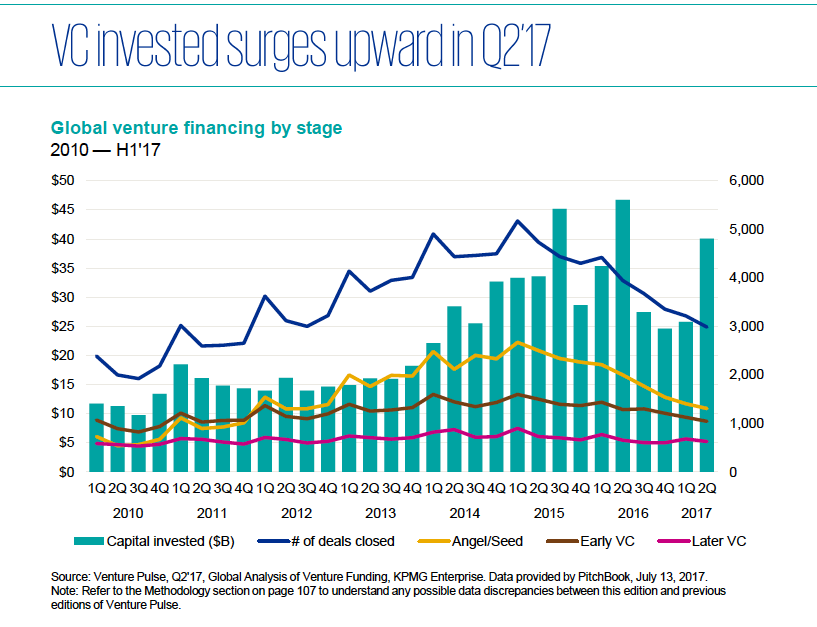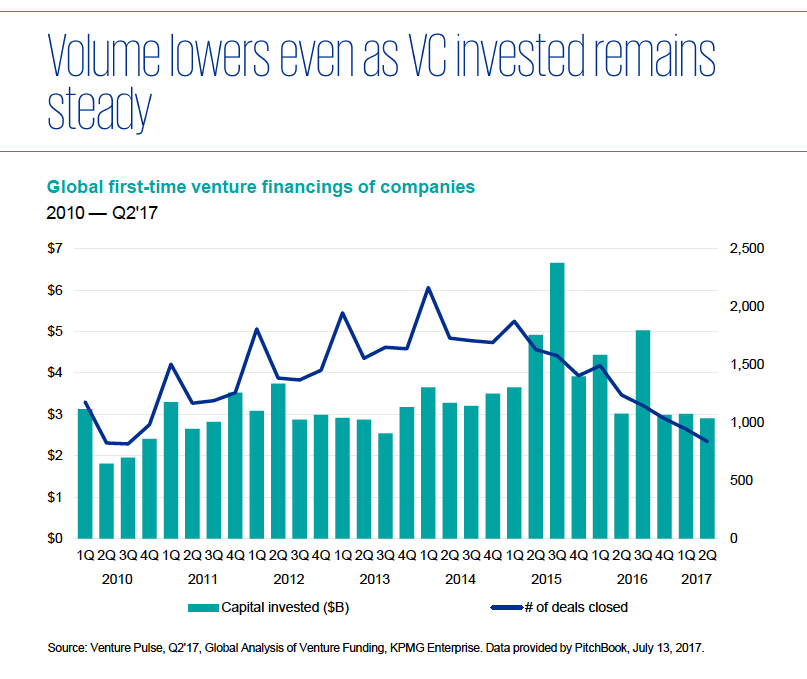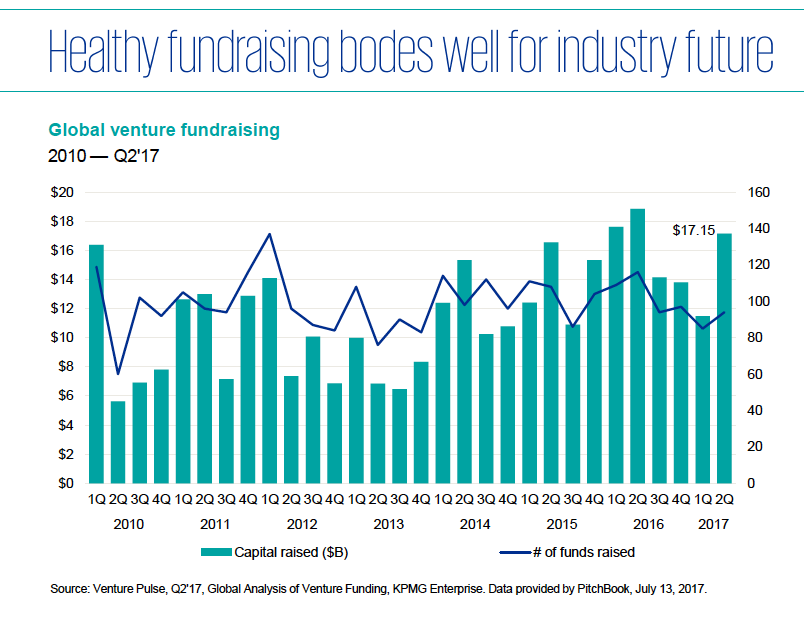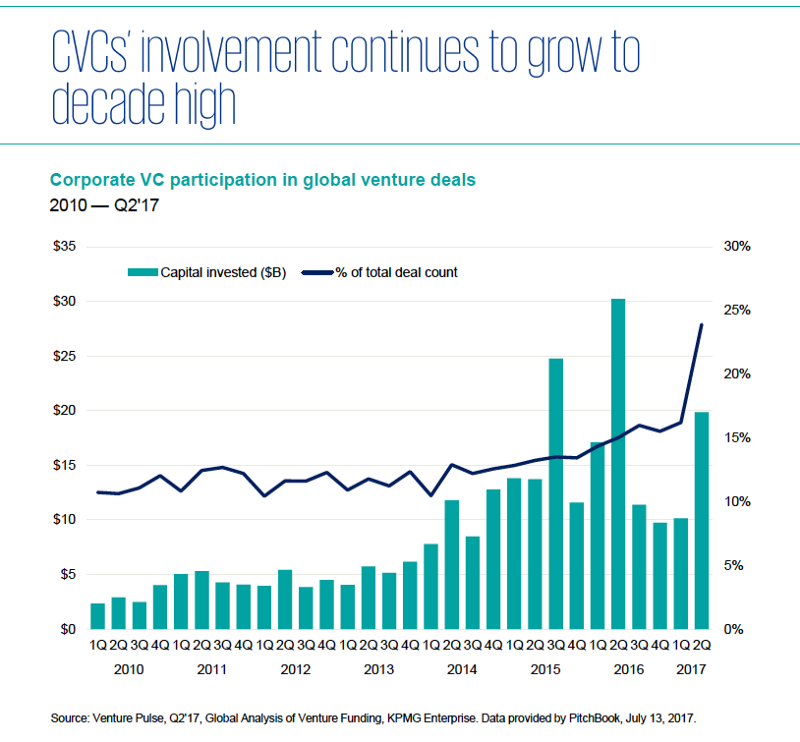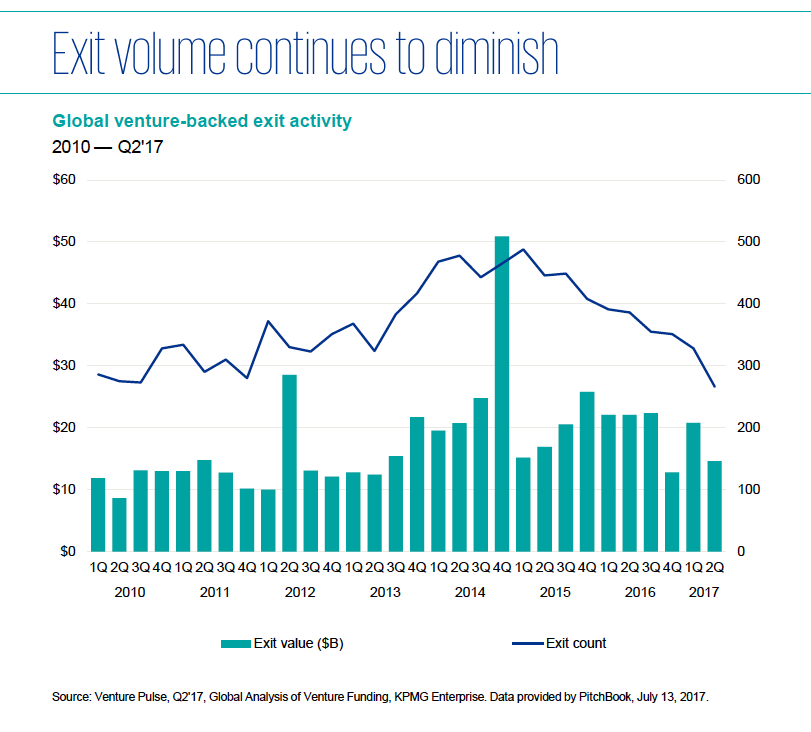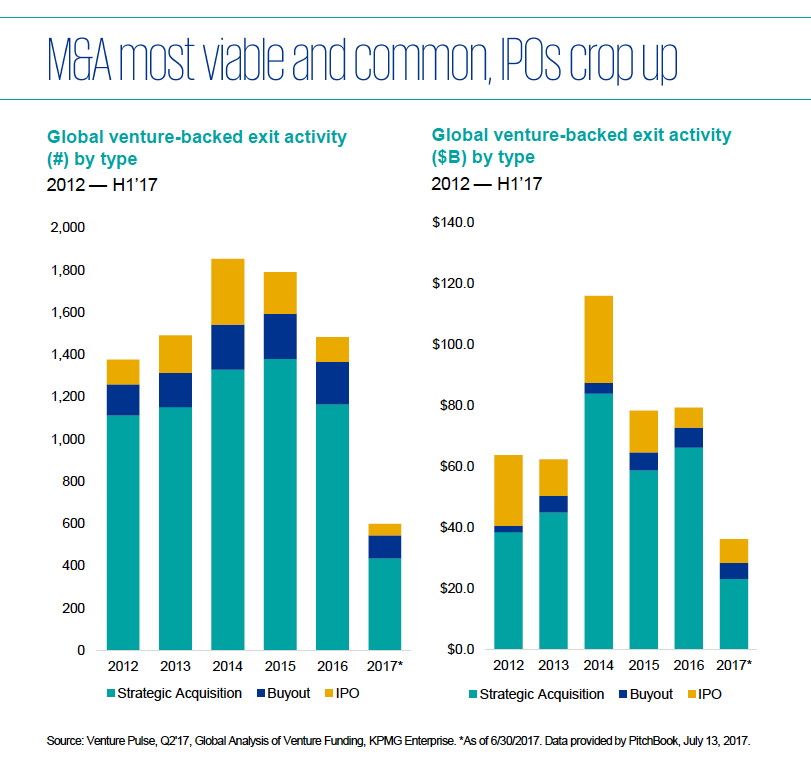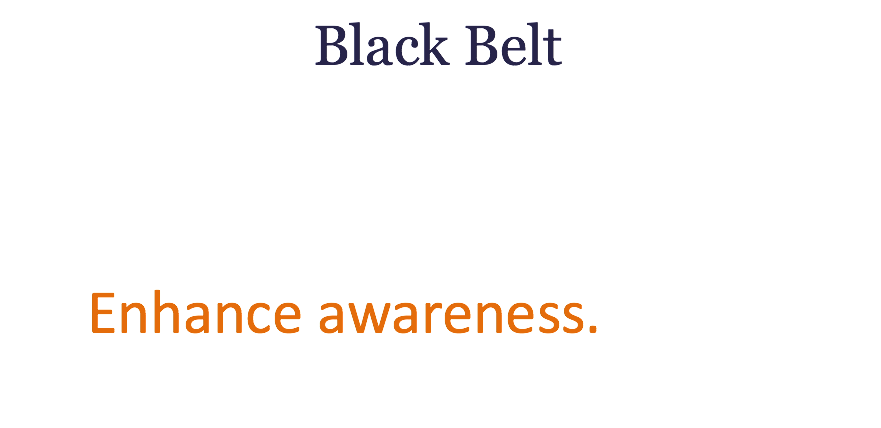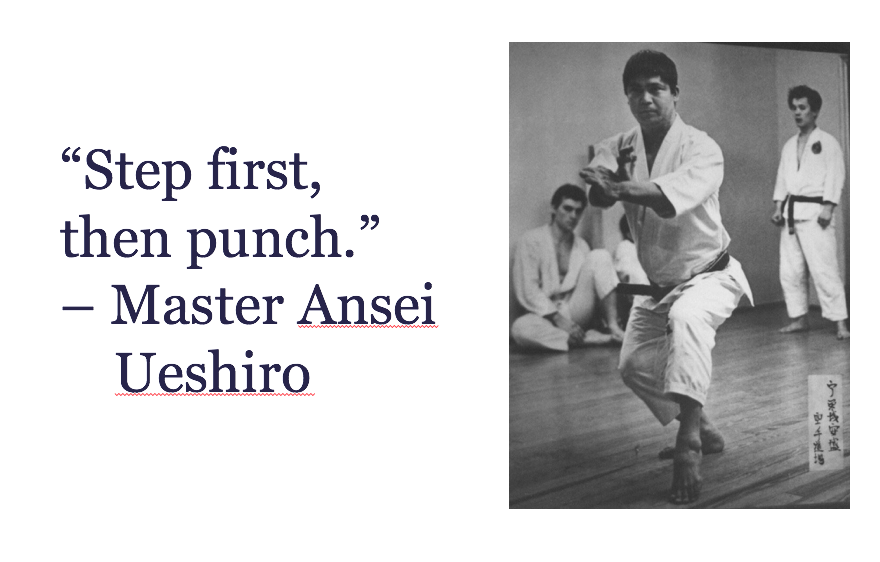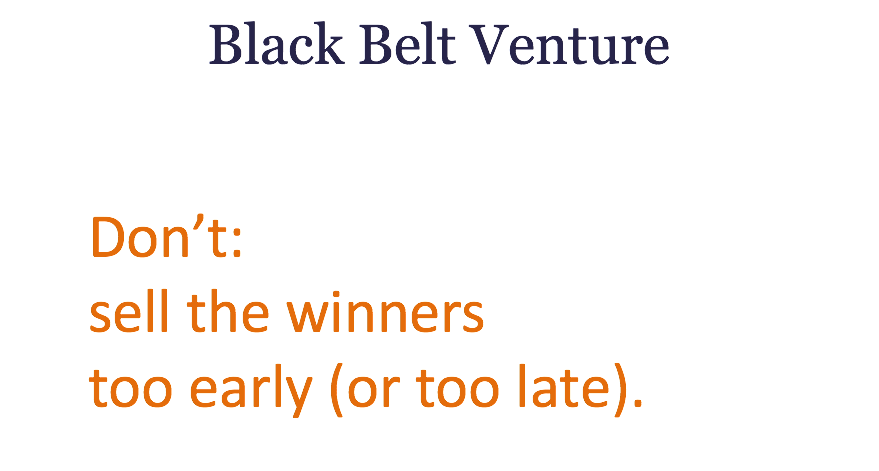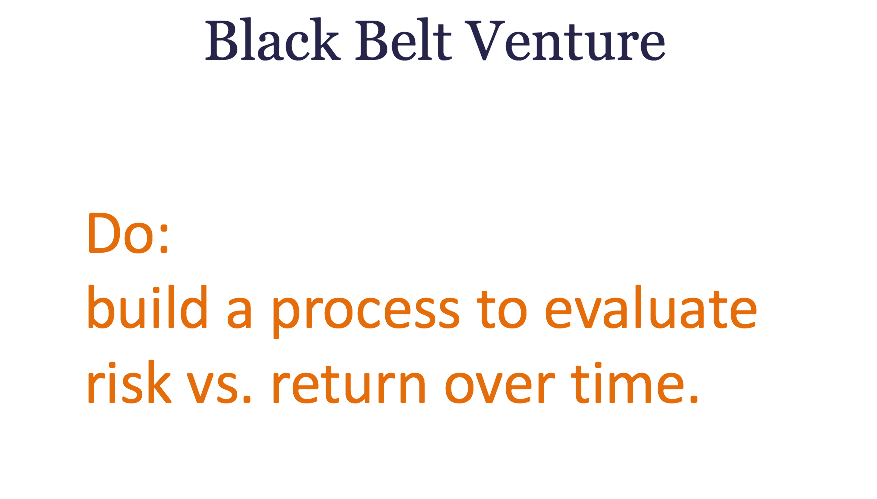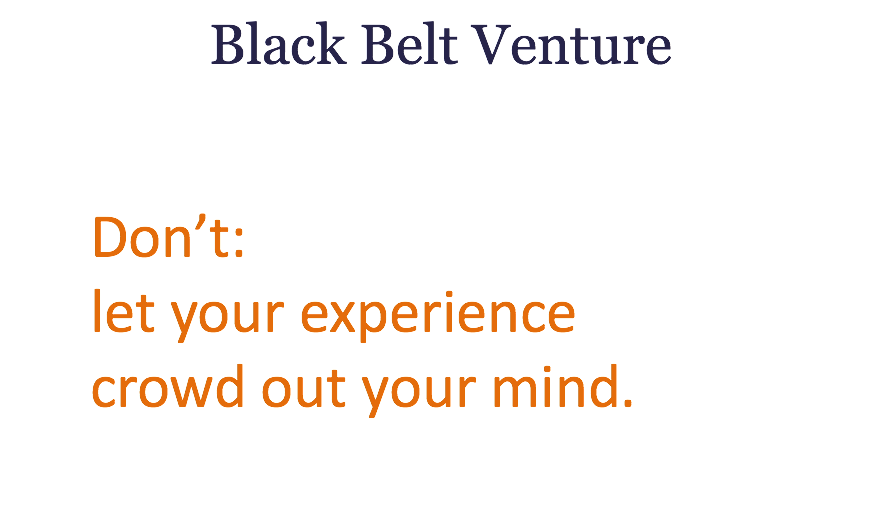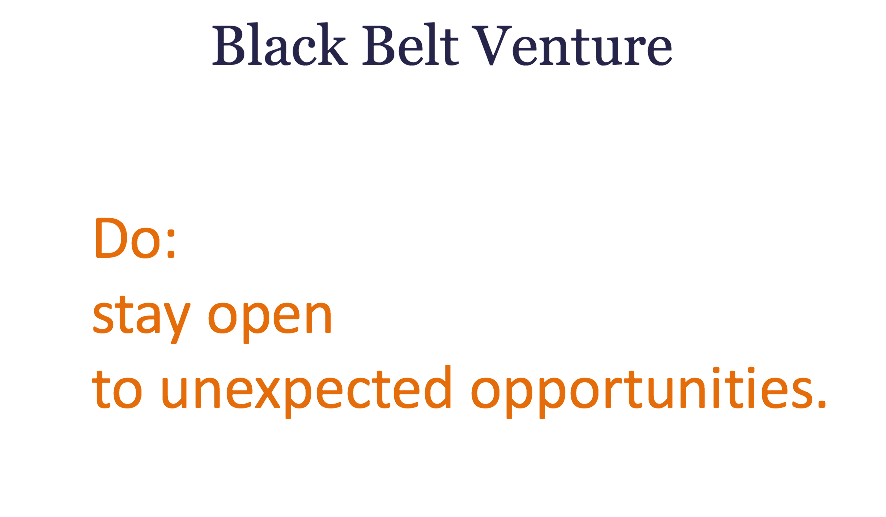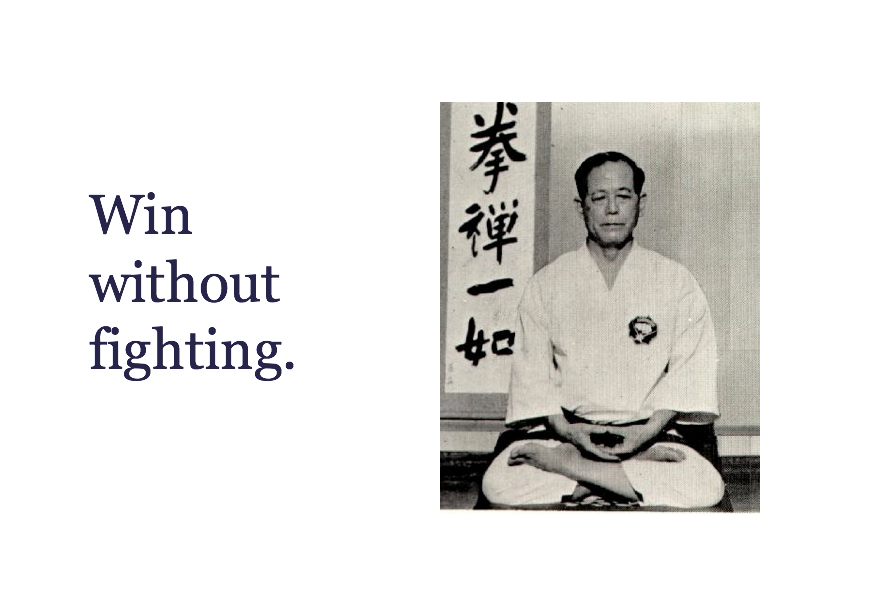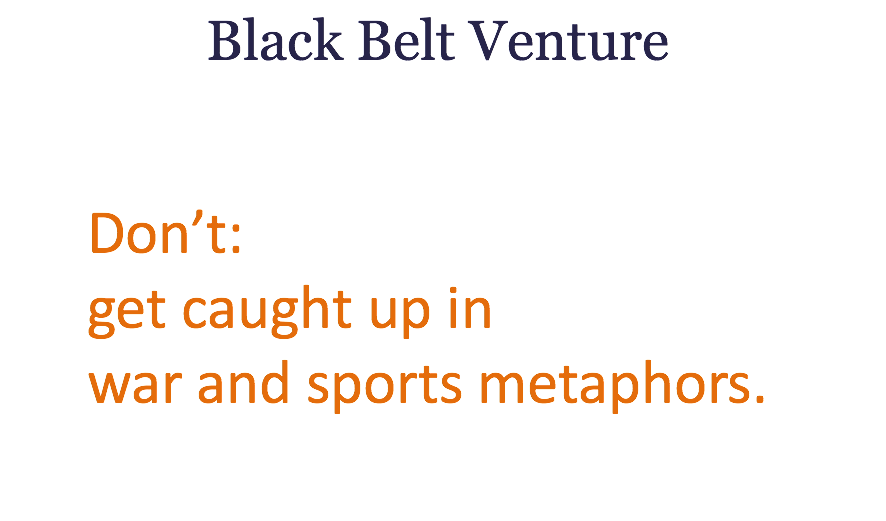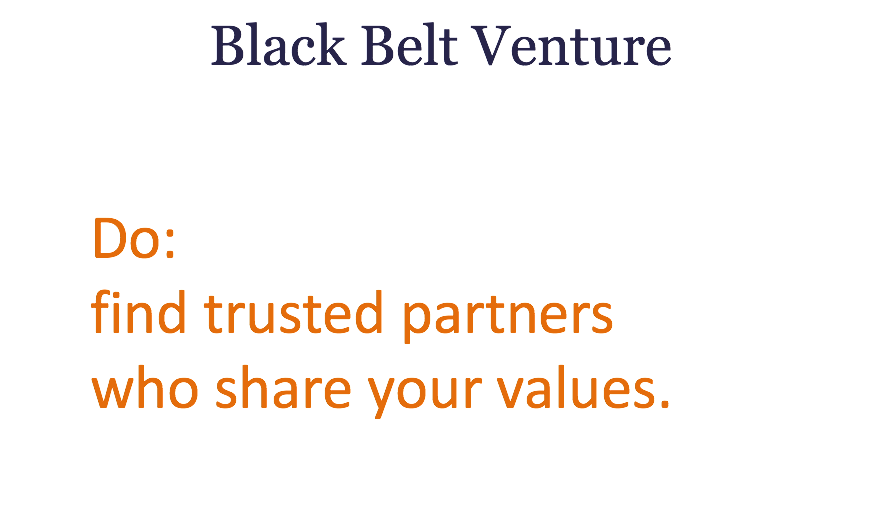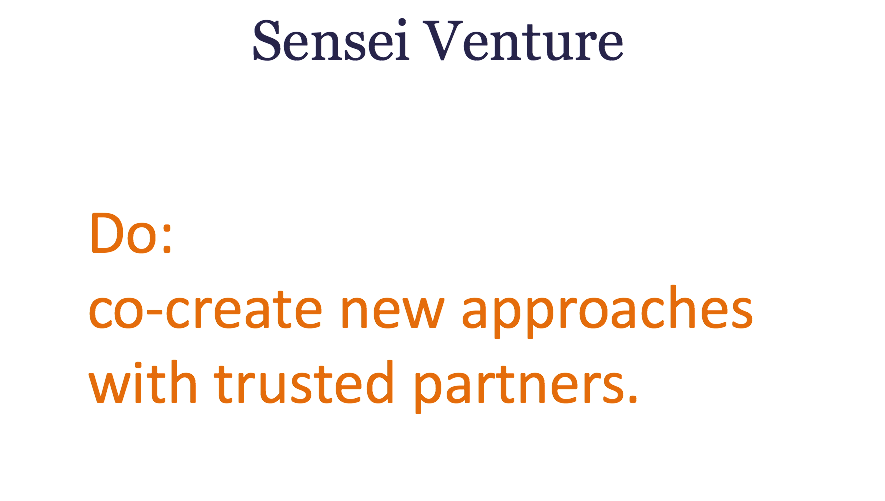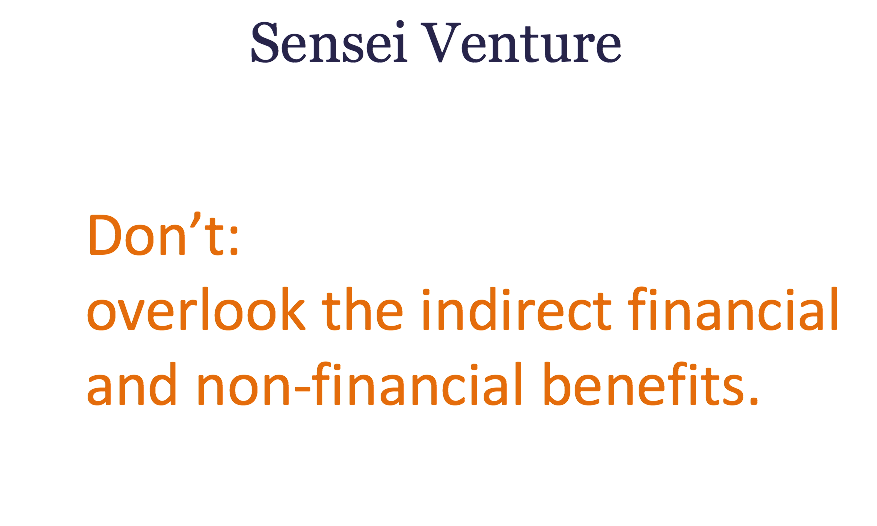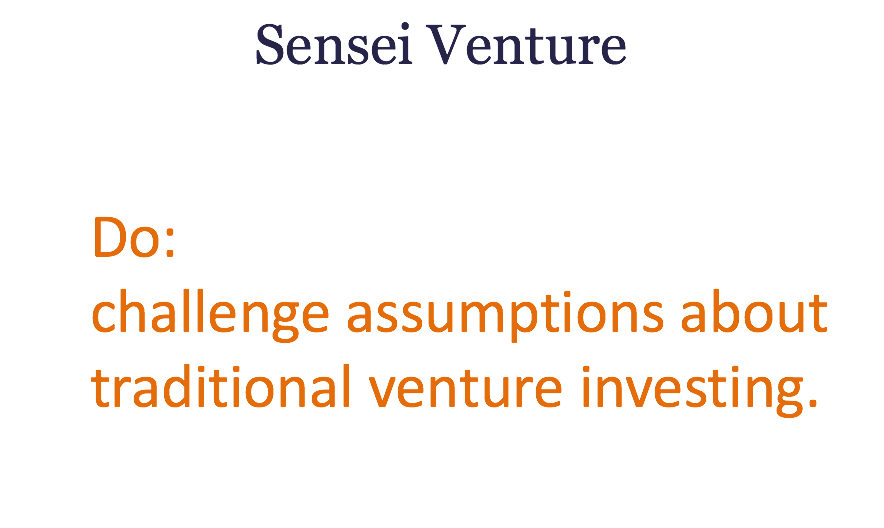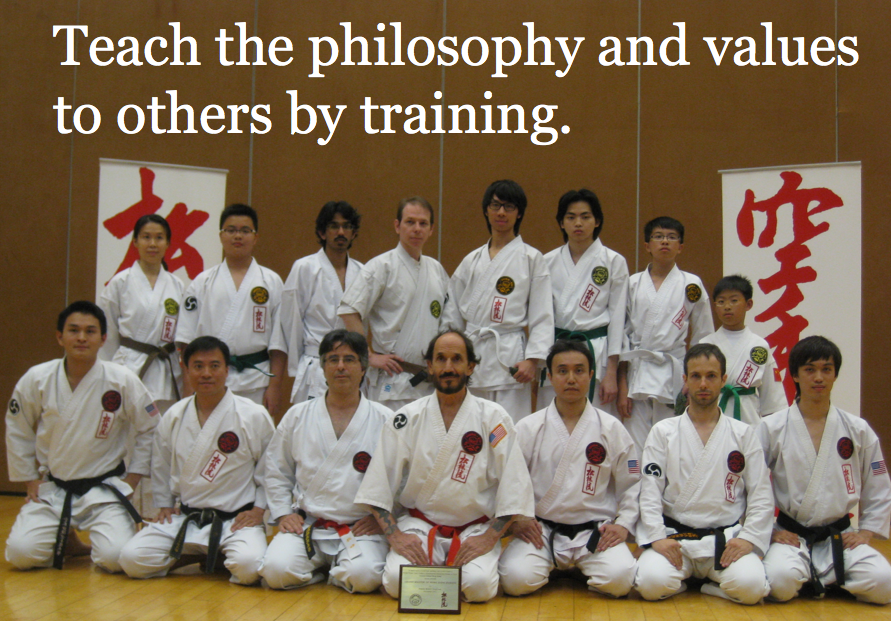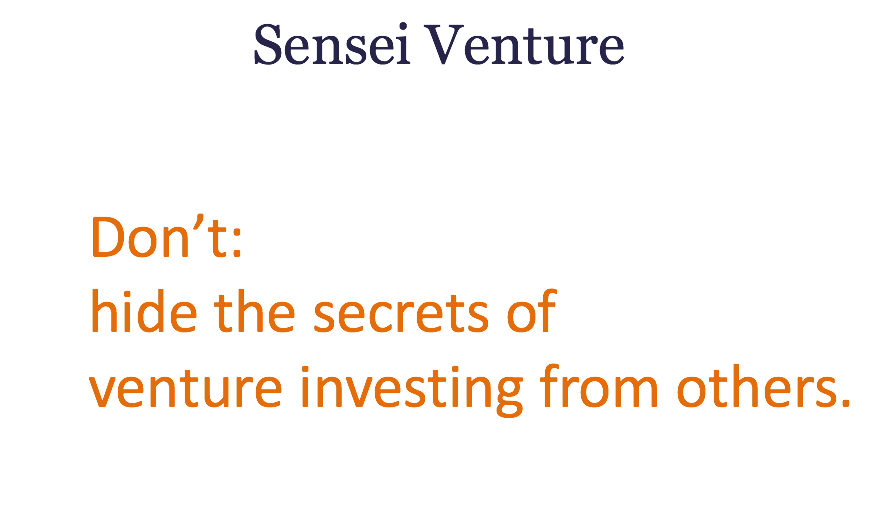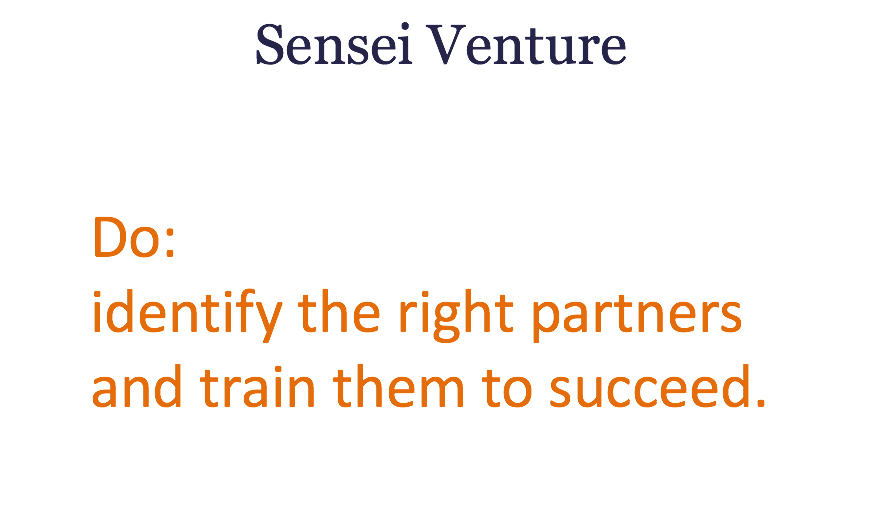15 Zen Hacks for Startups to Survive and Thrive with Corporate Investors

Fundraising is never easy. When dealing with corporate investors, there can be extra layers of confusion during the process. At Fresco Capital, we’ve been able to interact with a wide range of corporate investors from all around the world. Based on the thousands of hours of direct experience plus feedback from our network over that time, here are some hacks for everyone involved to have more zen and less confusion in the process.
1. Be wary of the quick “yes”
Fundraising from corporates can be time consuming, and so a quick “yes” in the first meeting seems like a good thing. The key is follow through. We have seen a corporate go from “yes, we’re investing $5M” in the first meeting, to “we want to invest $500k”, to “by the way, here is a 10 page list of special demands we would like.” It’s easy to reject offers like this when you have other options. Don’t make any assumptions until the deal closes, especially with a quick “yes”.
2. Review stock prices, 10-Ks, and investor relations materials for public companies
Publicly listed companies provide detailed disclosure about their business. For example, you can head over to the investor section of Microsoft and see a wealth of information. In addition to annual and quarterly results, there is a set of updated materials about the company’s recent acquisition of Github. You can also review the company’s stock price as a check on market sentiment about the company’s strategy and execution. In the case of Microsoft, the market has clearly been impressed by the changes during the last several years.
3. Visit their offices and look around
Online research can only go so far. An under-appreciated way to learn about a company’s culture is visiting their offices. If things are extremely quiet with everyone busy at their cubicles and you have a team that is always talking loudly and enjoys skateboarding in the office for fun, it’s worth noting this difference. If the company has an expensive art collection and yet is trying to scrape out small $ from you in negotiation, that’s cognitive dissonance. You can learn a lot just by walking around an office.
4. Don’t use fake deadlines, use real ones
Startups tend to feel that working with large corporates is slow, and on a relative basis this is absolutely true. One week for a startup can be the equivalent of one quarter for a larger organization. Some people suggest using fake deadlines to add urgency but the problem is that in many cases the large company simply can’t move quickly enough and the deal will fall apart. It’s much better to run a process where you have multiple options, even if one of the options is simply going alone, because at least then you have a real deadline to move things forward instead of being held in a holding pattern.
5. Learn about their key competition
Most corporates have specific companies that they view as direct competitors. When engaging with a corporate, it’s important to understand both how they perceive their competition and also to have your own view. If a corporate believes it is dominating the market but you feel that they are in a high risk situation, there are several things to consider. Will you simply accept this difference of opinion? Will you bring up the issue in the hope of a strategy change? Should you even be engaging with this corporate?
6. Spend time with junior people
A common piece of advice for startups is to focus on decision makers. If you know everything, that makes sense. What if you only know 50% of the context? 20%? Most decision makers will prefer to share things on a “need to know” basis with you. Junior team members will tend be more open and will appreciate the chance to share their opinions. They will also be more motivated to close a deal with a startup as a way of proving themselves internally.
7. Having a diverse team gives you more options
As a diverse team ourselves, we’ve experienced all sorts of combinations between our team and other investors. The historical default that people tend to prefer commonality is still true in many cases. However, we’re also increasingly seeing that corporate investors value diversity and inclusion because that also gives them a differentiation vs. competition. Having a diverse team isin’t just about doing good, it’s good for your fundraising.
8. Provide updates, don’t just chase
As you wait for feedback from a large company, what’s the ideal way to engage? Rather than sending reminders that say “have you seen the message I sent yesterday”, which may backfire, it’s worth sharing new updates about your progress. This gives new reasons for investment and also serves as a soft follow up. You should absolutely pay attention to the responses to these updates — if you send 5 updates over three weeks and get zero replies, that’s a sign that something is not right and at that point it’s worth being more direct.
9. Find an internal champion
Why is finding an internal champion at a large corporate key to making progress? Things get lost — there will be emails that drop, fuzzy memories about conversations, and competing priorities which take up scarce attention. You simply won’t know enough about the internal dynamics to take care of all these details. Your ideal internal champion is passionate on a personal level and highly aligned from a business outcome to push on your behalf — make your success their success.
10. Don’t rely on a single internal champion
While a single internal champion is better than none, the ideal situation is to have several touch points at the company. You will receive feedback from multiple perspectives — the legal team, finance team, and marketing team will all have their own business targets. Meeting with additional stakeholders is especially important to identify potential obstacles before it’s too late.
11. Watch out for internal rivalries
When working with large corporates, be careful about internal politics and rivalries. We have come across corporate investors where the internal teams do not co-operate internally to support their startups and are instead in competition with one another. In addition to being confusing, that can be a waste of everyone’s time and energy. Better to be aware of these issues, ideally before getting into a formal business relationship. This can be accomplished by having trusted relationships with 3rd parties (like your existing investors, for example) who know the reality of each corporate investor.
12. Demystify constraints
It’s understandable that investors will have internal constraints. Take the time to find out why constraints exist. If a corporate investor says “we can’t be a lead investor,” it’s worth understanding why that may be the case. Is it because of a previous bad experience as a lead investor? Is it because they have never been a lead investor? Is it because their investment team is too busy with existing investments? Each of those reasons would lead to a different set of follow up questions and possibly a solution.
13. Hang out with lawyers
Lawyers don’t get much attention beyond legal work. I’ve had a chance to become friends with many lawyers and the successful ones are knowledgable on all sorts of issues. They’re helpful in making introductions, reference checks, and even feedback on fundraising pitches. They’re obviously not going to reveal any confidential information, so don’t even try going there. Instead, take them out for a coffee to have a casual chat.
14. Be prepared for last minute changes
Large corporates will typically have an impressive in-house legal team and some of the sharpest external legal advice that money can buy. So when it comes to negotiating deals, they will have a tendency to push hard even until the last minute. That’s what they’re paid to do. If you have a realistic option of walking away from a deal, be prepared to do so mentally even until the very last minute. This will put you in the right frame of mind to make the right decision even under high time pressure.
15. Maintain the relationship even after a “no”
Sometimes the timing is wrong or there are other specific reasons why a corporate investment won’t be a good fit. It’s still worth maintaining a relationship over time in case the situation changes. This doesn’t mean giving detailed weekly updates. It does mean that in 6 months or even 18 months if there is something which you feel is specifically relevant, it’s worth sharing an update. The answer could still be “no” from that investor but they might have another introduction for you which they are now comfortable making because you have made progress over time.
Success between corporates and startups is hard work. But it’s possible.
We’ve found in our own work bridging the corporate and startup world that communication is key. Yes, that means a few extra calls and meetings need to happen, sometimes at odd hours of the day or night. Yes, that means repeating assumptions to ensure alignment. Yes, that means using multiple methods because some people love email, others are always on WeChat, and some will only open up in person.
In the end, it’s worth the effort because the upside from successful corporate and startup partnership can be massive for everyone involved.
15 Zen Hacks for Startups to Survive and Thrive with Corporate Investors was originally published in Fusion by Fresco Capital on Medium, where people are continuing the conversation by highlighting and responding to this story.
